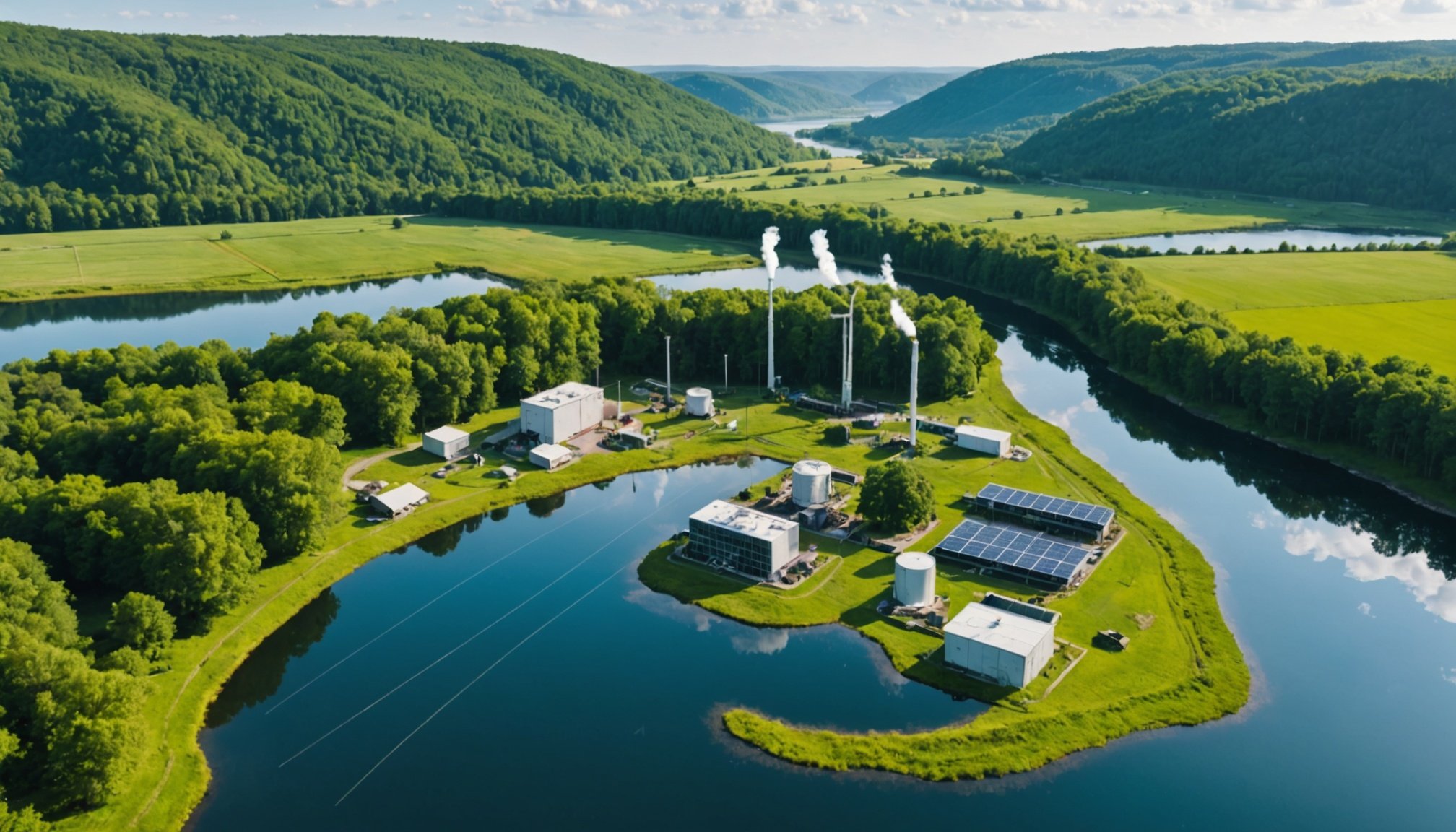Overview of AI in Environmental Monitoring
AI is significantly impacting environmental monitoring by improving how data is collected and analysed. As climate change and ecological shifts demand rapid and accurate responses, AI applications have become essential. Data accuracy is crucial in this context because environment-related decision-making relies on precise information. AI systems enhance data accuracy through sophisticated algorithms that can process large datasets, improving predictions about environmental changes.
One current trend is using AI for environmental data collection through smart sensors and drones, which gather information from challenging terrains. With AI, these devices can continuously update databases, providing real-time information. This transformation not only saves time but also increases the reliability of collected data.
Also read : Essential Strategies for Building a Robust and Scalable IoT Gateway System
AI is also essential in enhancing predictive analytics. Machine learning models predict possible environmental outcomes by analysing trends within the data. For instance, AI can foresee weather patterns or the impact of human activities on ecosystems. These insights assist policymakers and conservationists in crafting more effective plans to mitigate adverse effects.
By integrating AI into environmental monitoring, we are not only improving data accuracy but also optimising our ability to predict and respond to ecological challenges.
In parallel : Vital Strategies for Safeguarding Your AI-Enhanced Customer Support Solutions
Practical Strategies for AI Integration
Integrating AI solutions into environmental systems involves identifying key areas for implementation, choosing the right tools, and developing a collaborative framework. Proper execution is crucial for effective management of these systems.
Identifying Key Areas for AI Implementation
Successful integration begins with best practices for identifying monitoring needs. Determine which environmental factors require AI-driven analysis by assessing existing data infrastructures. Understanding compatibility between current setups and AI solutions ensures a smooth transition.
Choosing the Right AI Tools and Technologies
Selecting appropriate AI tools is essential. Consider leading technologies specifically designed for environmental monitoring. Criteria like scalability, adaptability, and alignment with environmental goals play vital roles in decision-making. Scalability ensures systems can handle increasing data volumes, while adaptability allows for adjustments as project goals evolve.
Developing a Collaborative Framework
A collaborative approach enhances integration outcomes. Engage various stakeholders in the process to gain varied insights, building interdisciplinary teams for comprehensive analysis. Partnerships with tech providers further support AI adoption, offering resources, expertise, and assistance throughout the process. Collaboration fosters innovation and strengthens environmental strategies.
Case Studies of Successful AI Integration
Exploring real-world examples reveals the transformative potential of AI applications in environmental monitoring. One noteworthy initiative focuses on wildlife monitoring. Using AI-driven systems, researchers have enhanced the tracking of endangered species through the analysis of habitat patterns and movement. This application not only provides precise data on animal populations but also identifies critical areas for conservation efforts.
Another compelling case involves AI in air quality improvement programs. Sensor networks powered by AI continuously assess pollutants, allowing cities to respond swiftly to air quality fluctuations—enabling more informed public health decisions. These systems pinpoint pollution sources, leading to targeted policy changes.
Both examples showcase the importance of seamless AI integration. Collaborative partnerships between tech companies and environmental organizations play a crucial role. By leveraging diverse expertise, these initiatives address complex environmental challenges efficiently.
The lessons learned from these partnerships highlight the necessity for continuous innovation and adaptation. Ultimately, these case studies underscore the potential of AI to revolutionize environmental monitoring, providing precise tools to protect ecosystems and promote a sustainable future.
Benefits and Challenges of AI in Environmental Monitoring
AI is transforming environmental monitoring by enhancing data accuracy and decision-making processes. Here, we explore its benefits and challenges.
Advantages of AI Implementation
AI delivers numerous advantages by streamlining data collection and boosting accuracy. Real-time analysis capabilities allow for quicker, more informed decisions, crucial when dealing with environmental changes where time is of the essence. AI also improves compliance with environmental regulations through precise monitoring. This impact is particularly evident in areas like air quality and wildlife habitat observation, where AI can quickly identify and address emerging issues.
Challenges in Integration
Despite these benefits, integrating AI into environmental systems presents challenges. Data privacy and security remain significant concerns, as sensitive environmental data might be at risk. The technical limitations of AI systems can require specialized skills that are not always readily available. Furthermore, organizational resistance to adopting new technologies may hinder implementation. Successfully overcoming these challenges necessitates a strategic approach, focusing on capacity building and addressing concerns within organizations. Investing in training and infrastructure is essential to ensure AI’s potential is fully realized in transforming environmental monitoring strategies.
Future Trends in AI and Environmental Monitoring
As we look ahead, future trends in AI for environmental monitoring promise transformative shifts. One significant advancement is the evolution of machine learning. These systems are expected to become far more sophisticated, facilitating deeper analysis of complex environmental datasets. This will enhance the precision of predictions related to environmental sustainability and aid in crafting more effective environmental policies.
The integration of AI within these sectors also anticipates changes in policy and regulation. Stricter guidelines are likely to emerge, ensuring that AI technology is utilised ethically and responsibly in environmental fields. This shift could affect the design and application of AI systems, pushing for more transparency and accountability.
Simultaneously, AI’s role in sustainable practices is expected to grow, supporting innovations in renewable energy management and resource conservation. Emerging AI solutions will likely focus on optimising energy efficiency and reducing waste across industries, contributing to broader sustainability goals.
These potential advancements present exciting possibilities, promising more refined and adaptive technologies that respond efficiently to ecological challenges, thereby bolstering efforts towards a more sustainable future.






